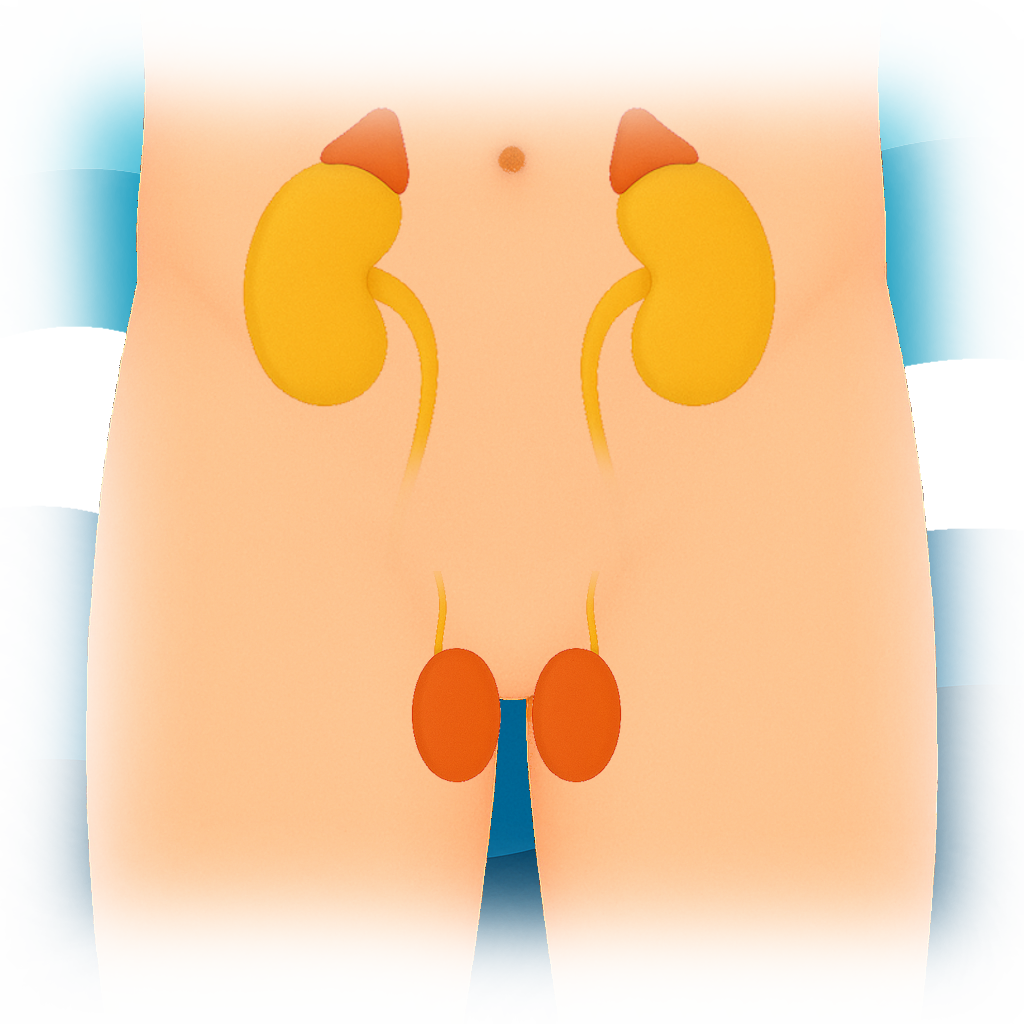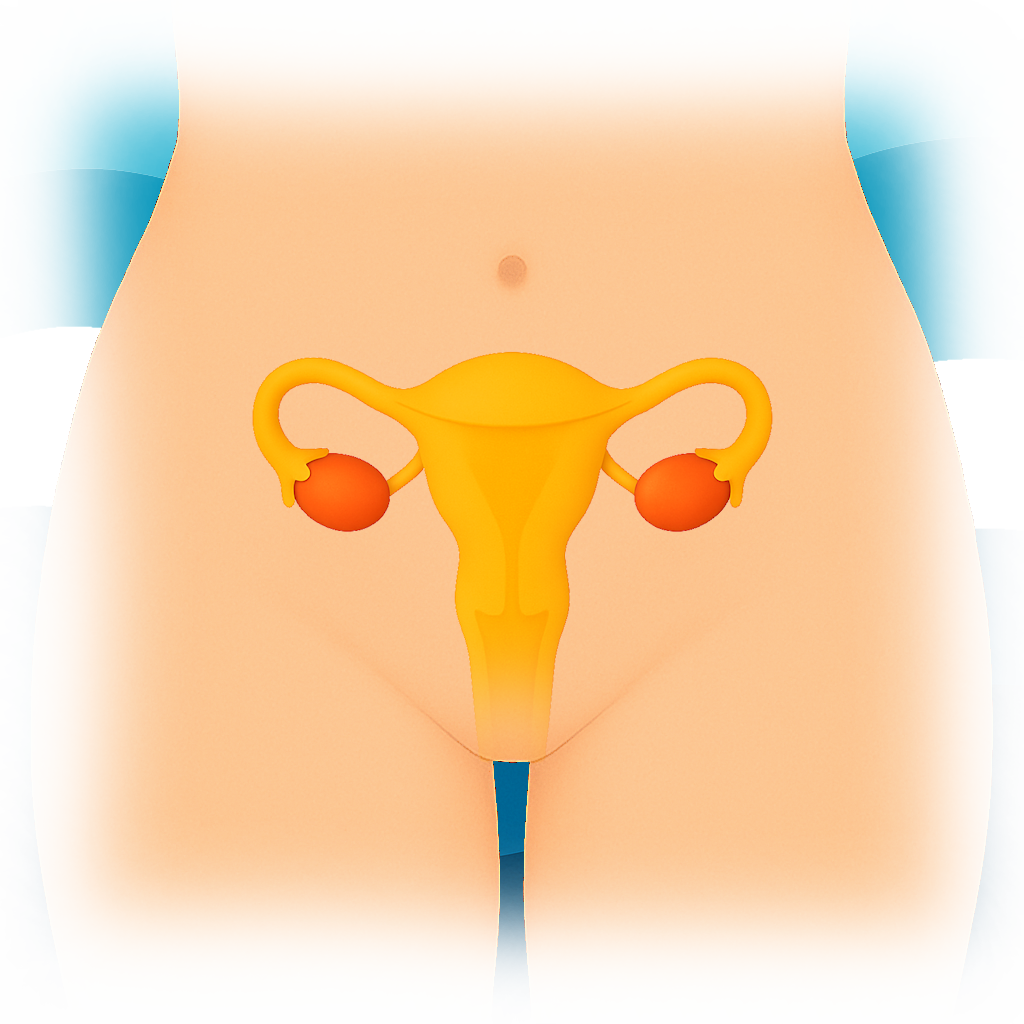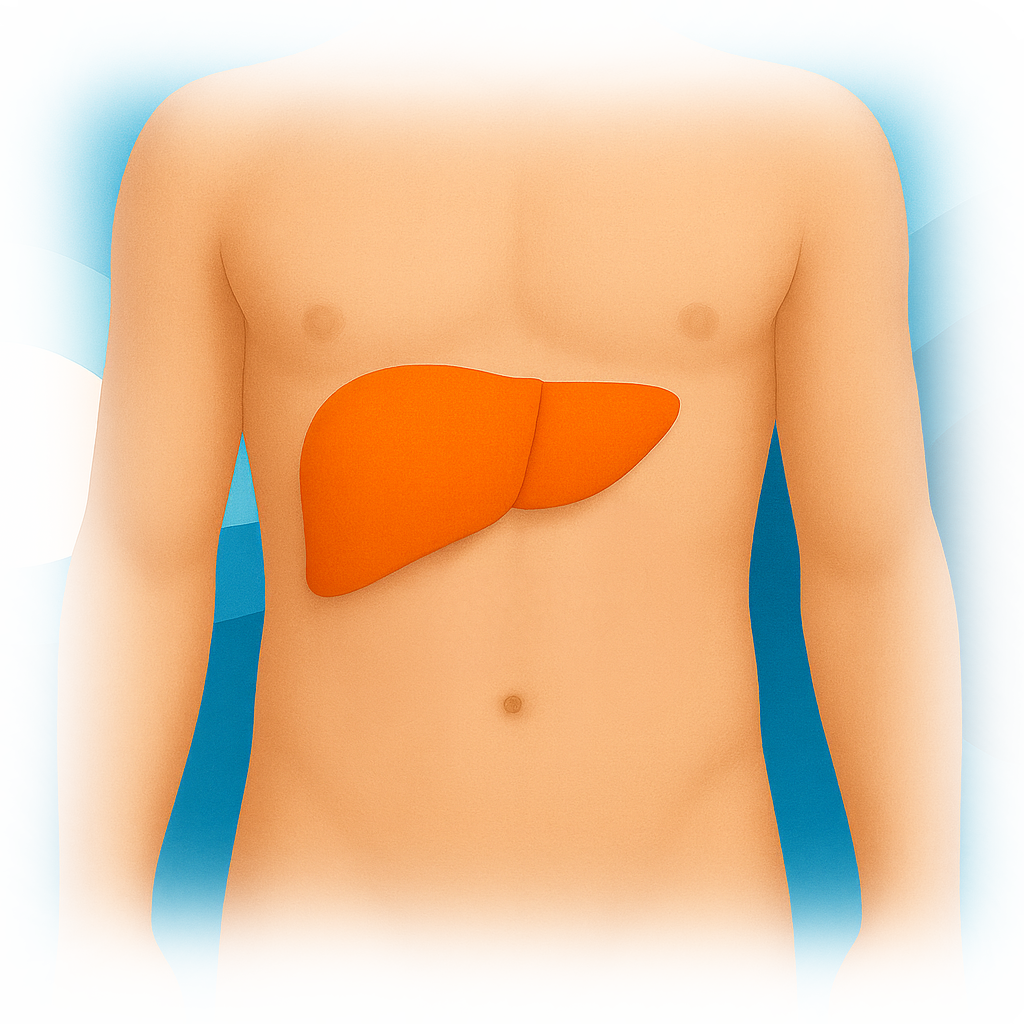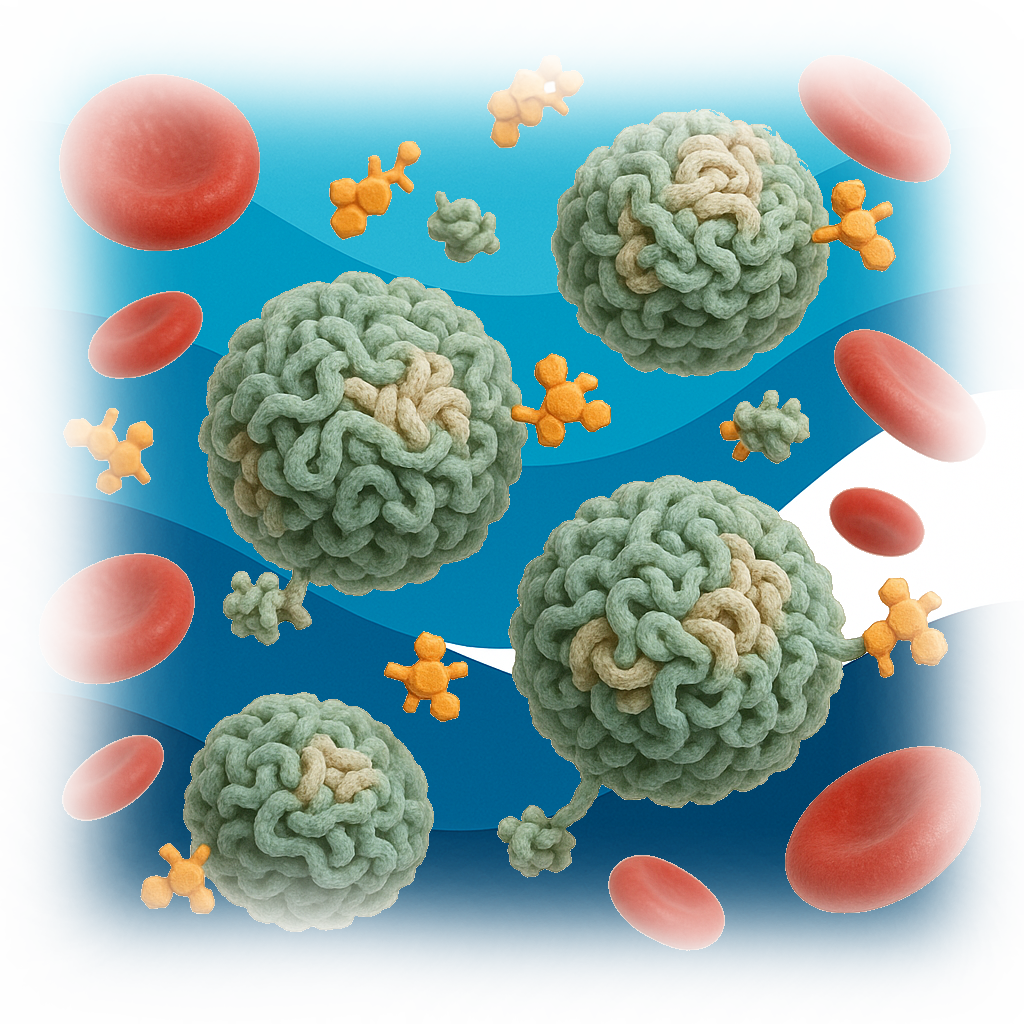Testosterone Total and Free and Sex Hormone Binding Globulin Test Most Popular
The Testosterone Free and Total and Sex Hormone Binding Globulin (SHBG) Test measures total testosterone, free testosterone, and SHBG to assess hormone balance in men and women. It helps diagnose infertility, erectile dysfunction, low libido, irregular periods, PCOS, and abnormal puberty. Doctors also use it to evaluate fatigue, muscle weakness, or mood changes and to monitor hormone therapy. This test provides a comprehensive view of reproductive, endocrine, and metabolic health.
- $464.01
- $62.95
- Save: 86.43%
The following is a list of what is included in the item above. Click the test(s) below to view what biomarkers are measured along with an explanation of what the biomarker is measuring.
Also known as: Testosterone Total And Free And Sex Hormone Binding Globulin
Free Testosterone
Sex Hormone Binding
TESTOSTERONE, TOTAL,
The Testosterone Total and Free and Sex Hormone Binding Globulin Test test contains 1 test with 3 biomarkers .
Testing Method: Chromatography/Mass Spectrometry, Equilibrium Dialysis, and Immunoassay
Collection Method: Blood Draw ![]()
Specimen: 3 mL Red Top Serum 
Test Preparation: Dietary supplements containing biotin may interfere in assays and may skew analyte results to be either falsely high or falsely low. For patients receiving the recommended daily doses of biotin, draw samples at least 8 hours after the last biotin supplementation. For patients on mega-doses of biotin supplements, draw samples at least 72 hours after the last biotin supplementation.

Medication Interactions: Use of STRENSIQ may interfere with this lab test, leading to falsely elevated results. Talk to your healthcare provider about using an alternative test if you are receiving STRENSIQ.
When is a Testosterone Free and Total with Sex Hormone Binding Globulin test ordered?
A Testosterone Free and Total and SHBG test may be ordered in various situations:
-
Evaluation of Hormonal Imbalances: It is commonly ordered to assess testosterone levels and investigate hormonal imbalances in both males and females. Symptoms such as changes in libido, infertility, erectile dysfunction, menstrual irregularities, and signs of androgen excess or deficiency may prompt healthcare providers to evaluate testosterone levels.
-
Assessment of Androgen-Related Disorders: The test is useful in diagnosing and monitoring conditions related to testosterone imbalance, such as hypogonadism, polycystic ovary syndrome (PCOS), hirsutism, and androgen-secreting tumors.
-
Monitoring Testosterone Replacement Therapy: For individuals receiving testosterone replacement therapy, regular monitoring of testosterone levels is necessary to ensure adequate dosing and therapeutic response.
What does a Testosterone Total and Free with Sex Hormone Binding Globulin blood test check for?
 n men, testosterone is the primary sex hormone. It's in charge of a man's physical appearance. Although it is thought to be a "masculine" sex hormone, it is found in both men and women's blood. This test determines the amount of testosterone in a person's blood.
n men, testosterone is the primary sex hormone. It's in charge of a man's physical appearance. Although it is thought to be a "masculine" sex hormone, it is found in both men and women's blood. This test determines the amount of testosterone in a person's blood.
 Testosterone is primarily produced in the male testicles by unique endocrine tissue called Leydig cells. It's also made by the adrenal glands in both males and females, as well as the ovaries in females in modest amounts.
Testosterone is primarily produced in the male testicles by unique endocrine tissue called Leydig cells. It's also made by the adrenal glands in both males and females, as well as the ovaries in females in modest amounts.
In males, testosterone promotes the formation of secondary sex characteristics such as penis size, body hair growth, muscle development, and a deeper voice. It is abundant in males during adolescence and adulthood in order to regulate sex drive and preserve muscle mass. Estradiol is the major sex hormone in females, and testosterone is converted to it in women.
The pituitary gland produces luteinizing hormone, which stimulates and regulates testosterone synthesis. Testosterone functions in a negative feedback loop: when testosterone levels rise, LH production falls, slowing testosterone production; lower testosterone levels cause higher LH production, which promotes testosterone production.
Testosterone levels fluctuate throughout the day, increasing in the early morning hours and dropping in the evening. Levels rise after activity and fall as people get older.
About two-thirds of testosterone is attached to sex-hormone binding globulin in the bloodstream, with the remaining one-third bound to albumin. Only a small percentage of testosterone is released into the bloodstream as free testosterone. The bioavailable fraction is the free plus albumin-bound testosterone, which can act on target tissues.
In many circumstances, measuring total testosterone is sufficient information for a healthcare provider. A test for free or bioavailable testosterone may be performed in some circumstances, such as when the level of SHBG is abnormal, as it may more accurately indicate the presence of a medical issue.
 SHBG is a liver-produced protein that strongly binds to the hormones testosterone, dihydrotestosterone, and estradiol. SHBG distributes these hormones in the blood as physiologically inactive versions when they are bound. This test examines the amount of SHBG in the blood and is most commonly used to determine whether a person has too much or too little testosterone.
SHBG is a liver-produced protein that strongly binds to the hormones testosterone, dihydrotestosterone, and estradiol. SHBG distributes these hormones in the blood as physiologically inactive versions when they are bound. This test examines the amount of SHBG in the blood and is most commonly used to determine whether a person has too much or too little testosterone.
In men, SHBG binds roughly 45 percent to 65 percent of testosterone in the blood, with the rest weakly and reversibly linked to albumin. Only around 2% to 3% of testosterone is accessible to tissues as free testosterone, but testosterone that is weakly linked to albumin is also bioavailable and can be rapidly absorbed by the body's tissues.
 In women, a somewhat higher percentage of testosterone is bound to SHBG in the blood than in men. SHBG is important in controlling the quantities of bioavailable male sex hormones and estrogens circulating throughout the body in women. Because SHBG has a stronger affinity for the androgens testosterone and DHT, women with low SHBG may experience signs and symptoms of androgen excess.
In women, a somewhat higher percentage of testosterone is bound to SHBG in the blood than in men. SHBG is important in controlling the quantities of bioavailable male sex hormones and estrogens circulating throughout the body in women. Because SHBG has a stronger affinity for the androgens testosterone and DHT, women with low SHBG may experience signs and symptoms of androgen excess.
A total testosterone test does not differentiate between bound and unbound testosterone; instead, it determines the total amount of testosterone present. In many circumstances, this is sufficient to determine if testosterone production is excessive or inadequate. However, if a person's SHBG level is abnormal, the total testosterone level may not accurately reflect the amount of testosterone available to the person's tissues. When a person's indications and symptoms do not match the results of a total testosterone test, a SHBG test may be conducted.
Lab tests often ordered with a Testosterone Free and Total with Sex Hormone Binding Globulin test:
When evaluating testosterone levels, particularly in cases of suspected hormonal imbalances, androgen disorders, or fertility issues, a combination of tests is often required for a comprehensive assessment. Alongside the Testosterone Free and Total with Sex Hormone Binding Globulin (SHBG) test, several other tests are commonly ordered:
-
Luteinizing Hormone (LH) and Follicle-Stimulating Hormone (FSH):
- Purpose: These hormones, produced by the pituitary gland, play key roles in regulating the function of the gonads (ovaries in women and testes in men).
- Why Is It Ordered: LH and FSH levels help differentiate between primary (testicular or ovarian) and secondary (pituitary or hypothalamic) causes of hormonal imbalances, including those affecting testosterone levels.
-
- Purpose: Estradiol is a form of estrogen that is important for sexual and reproductive health. In men, some testosterone is converted into estradiol.
- Why Is It Ordered: Elevated estradiol levels in men can cause symptoms of estrogen excess and may be associated with low testosterone levels. In women, the balance between estradiol and testosterone is crucial for reproductive health and menstrual cycle regulation.
-
- Purpose: To measure the level of prolactin, a hormone that can influence the body’s hormonal balance.
- Why Is It Ordered: Elevated prolactin levels can suppress the production of testosterone and other hormones from the pituitary gland, leading to various symptoms.
-
- Purpose: To provide a broad picture of overall health.
- Why Is It Ordered: Testosterone levels can influence blood cell production; for example, high testosterone can lead to an increased red blood cell count.
-
- Purpose: To assess liver health, as the liver is involved in hormone metabolism.
- Why Is It Ordered: Liver diseases can impact testosterone metabolism and the production of SHBG.
-
Thyroid Function Tests (TSH, Free T3, and Free T4):
- Purpose: To evaluate thyroid function, which can indirectly influence testosterone levels.
- Why Is It Ordered: Thyroid disorders can cause a variety of hormonal imbalances and symptoms that may mimic or influence testosterone-related disorders.
-
- Purpose: DHT is a potent androgen derived from testosterone.
- Why Is It Ordered: DHT levels can provide additional information on how the body is metabolizing testosterone, particularly in conditions like prostate enlargement or male pattern baldness.
-
Hemoglobin A1c (HbA1c) or Fasting Glucose:
- Purpose: To assess blood sugar control and screen for diabetes.
- Why Is It Ordered: There is a relationship between testosterone levels and insulin sensitivity; low testosterone can be associated with insulin resistance and vice versa.
These tests, in conjunction with Testosterone Free and Total with SHBG, provide a holistic view of an individual’s hormonal status and can help in diagnosing and managing conditions related to hormonal imbalances, sexual health, fertility, and metabolic health. The specific tests chosen will depend on the individual’s symptoms, sex, and medical history.
Conditions where a Testosterone Free and Total with Sex Hormone Binding Globulin test is recommended:
A Testosterone Free and Total and SHBG test is useful in the evaluation and management of various conditions, including:
-
Hypogonadism: Hypogonadism is a condition characterized by low testosterone levels, leading to symptoms such as reduced libido, erectile dysfunction, fatigue, and mood changes. Testosterone evaluation, including free and total levels, helps diagnose and guide treatment for hypogonadism.
-
Polycystic Ovary Syndrome (PCOS): PCOS is a common endocrine disorder in women characterized by hormonal imbalances, including elevated testosterone levels. Measuring testosterone and SHBG levels aids in the diagnosis and monitoring of PCOS.
-
Androgen-Secreting Tumors: Certain tumors, such as adrenal tumors or testicular tumors, can produce excess androgens, including testosterone. Measuring testosterone levels, along with other hormone evaluations, assists in diagnosing and monitoring such tumors.
How does my healthcare provider use a Testosterone Free and Total with Sex Hormone Binding Globulin test?
Healthcare providers use the results of a Testosterone Free and Total and SHBG test to:
-
Evaluate Hormonal Imbalances: Testosterone levels, both free and total, along with SHBG, provide valuable information regarding hormonal imbalances and help guide further diagnostic investigations and treatment decisions.
-
Diagnose and Monitor Androgen-Related Disorders: Abnormal testosterone levels, in conjunction with clinical symptoms and other diagnostic findings, aid in the diagnosis and monitoring of conditions such as hypogonadism, PCOS, and androgen-secreting tumors.
-
Monitor Testosterone Replacement Therapy: For individuals receiving testosterone replacement therapy, regular monitoring of free and total testosterone levels helps ensure appropriate dosing and therapeutic response.
It is important to note that the interpretation and utilization of Testosterone Free and Total and SHBG test results should be done by a qualified healthcare provider who considers the patient's medical history, symptoms, and other relevant factors. Treatment decisions are individualized based on the specific clinical context.
What does my testosterone test result mean?
Males:
Testosterone levels often begin to fall after the age of 30. Testosterone levels may drop more in obese or chronically unwell men, as well as with the use of certain drugs.
Hypogonadism can be caused by a variety of factors, including:
- Pituitary or hypothalamic illness
- Reduced testosterone production in young males can be caused by genetic disorders
- Possible infertility or testicular failure
- Acquired damage to the testes, such as from drinking, physical injury, or viral infections like mumps, reduces testosterone production.
- Diabetes
Healthcare practitioners may recommend testosterone replacement therapy to men who have consistently low testosterone levels and associated signs and symptoms. The Food and Drug Administration has not approved testosterone supplements to improve strength, sports performance, or avoid aging disorders. It's possible that using it for these purposes is dangerous.
Increased testosterone levels in men can mean one of several things:
- Tumors of the testicles
- Testosterone-producing tumors in the adrenal glands
- Use of anabolic steroids
- Early puberty in males due to an unknown cause
- Adrenal hyperplasia in toddlers and babies
Females:
Testosterone levels in women are typically low. Increased testosterone levels can mean one of the following things:
- Ovarian or adrenal gland tumor
- PCOS
- Adrenal hyperplasia that occurs at birth.
Most Common Questions About the Testosterone Free and Total with Sex Hormone Binding Globulin test:
Understanding the Test
What is the Testosterone Free and Total with Sex Hormone Binding Globulin test?
The Testosterone Free and Total with Sex Hormone Binding Globulin test, also known as a testosterone test, measures the level of testosterone (both free and total) and SHBG in your blood. Testosterone is the primary sex hormone in men and is responsible for the development of male sexual characteristics, while SHBG is a protein that binds to sex hormones, including testosterone.
Why would someone need a Testosterone Free and Total with Sex Hormone Binding Globulin test?
This test can help evaluate sexual dysfunction in men and women, and infertility in men. It is also used to evaluate polycystic ovary syndrome (PCOS) in women, monitor testosterone replacement therapy, and assess conditions of the pituitary gland and hypothalamus.
Interpreting the Results
What do the results of the Testosterone Free and Total with Sex Hormone Binding Globulin test mean?
The results are given as a numerical value and will be interpreted by your doctor based on your symptoms, age, and overall health. High testosterone could indicate conditions like testicular tumors in men and PCOS in women, while low testosterone might suggest hypogonadism. Elevated SHBG levels can suggest liver disease, hyperthyroidism, or malnutrition, while lower levels may indicate obesity, hypothyroidism, or PCOS.
How are the results of the Testosterone Free and Total with Sex Hormone Binding Globulin test presented?
Results are generally presented as a numerical value and the units depend on the lab's analysis method. These can be in nanograms per deciliter (ng/dL) for testosterone and nanomoles per liter (nmol/L) for SHBG.
About the Test
What factors can affect the results of the Testosterone Free and Total with Sex Hormone Binding Globulin test?
Several factors can affect the results of this test including age, time of day (testosterone levels are highest in the morning), certain medications, obesity, liver disease, and conditions affecting the pituitary gland.
Understanding the Implications
What conditions can cause abnormal Testosterone Free and Total with Sex Hormone Binding Globulin levels?
Conditions that can cause abnormal levels include hypogonadism, PCOS, adrenal gland disorders, kidney disease, liver disease, obesity, and conditions affecting the pituitary gland.
What are the implications of abnormal Testosterone Free and Total with Sex Hormone Binding Globulin levels?
Abnormal levels may require further investigation, management, or treatment. For example, low testosterone levels in men may lead to treatments like testosterone replacement therapy, while high levels in women might require treatment for conditions like PCOS.
Risks and Precautions
How do abnormal Testosterone Free and Total with Sex Hormone Binding Globulin levels impact health?
Abnormal levels can have various health impacts depending on the underlying condition. In men, low testosterone levels can lead to symptoms like fatigue, depression, and reduced sex drive. In women, high levels can lead to symptoms like excessive hair growth and irregular periods.
Dealing with Abnormal Results
What steps should be taken if the Testosterone Free and Total with Sex Hormone Binding Globulin test results are abnormal?
Your healthcare provider may recommend additional testing to further explore the cause of the abnormal results. Treatment will depend on the underlying condition but could include medication, lifestyle changes, or surgery.
Interpreting the Test Results
What is the significance of elevated Testosterone Free and Total with Sex Hormone Binding Globulin levels in the blood?
Elevated testosterone levels in men could indicate testicular or adrenal tumors, while in women, it could suggest PCOS or an adrenal gland disorder. Elevated SHBG can be seen in liver disease, hyperthyroidism, or certain genetic conditions.
Understanding the Importance of the Test
How does the Testosterone Free and Total with Sex Hormone Binding Globulin test assist in diagnosing disease?
This test assists in diagnosing diseases by helping identify abnormal levels of testosterone and SHBG in the body. By measuring these hormones, doctors can get clues about possible hormonal imbalances or other health conditions.
Discussion with Healthcare Provider
What do I discuss with my healthcare provider after receiving the Testosterone Free and Total with Sex Hormone Binding Globulin test results?
You might discuss the meaning of your results, potential causes of abnormal levels, any recommended treatments or follow-up tests, and steps you can take to manage your health.
Relationship with Other Tests
How does the Testosterone Free and Total with Sex Hormone Binding Globulin test relate to other hormone tests?
This test is part of a series of tests that can be used to assess hormone levels in the body. Depending on your symptoms, it can be used alongside tests for other hormones such as estrogen, prolactin, or luteinizing hormone (LH).
How does the Testosterone Free and Total with Sex Hormone Binding Globulin test complement other diagnostic tools?
As a hormone test, it can provide unique information about hormonal balances in the body that other diagnostic tools cannot. For example, imaging tests can detect structural abnormalities but cannot measure hormone levels. As such, it complements these other tools by providing additional information for a more comprehensive diagnosis.
The Test and Specific Conditions
Can the Testosterone Free and Total with Sex Hormone Binding Globulin test help diagnose PCOS?
Yes,this test can be used to help diagnose PCOS. Women with PCOS may have increased testosterone levels and decreased SHBG levels, leading to an excess of free testosterone, which can contribute to symptoms like irregular periods and excess hair growth.
Can the Testosterone Free and Total with Sex Hormone Binding Globulin test help detect menopause?
Yes, the test can help in understanding the hormonal changes happening during menopause. Postmenopausal women typically have lower total testosterone levels due to the natural aging process and reduced ovarian function.
About the Hormones
What role does testosterone play in the body?
Testosterone is an essential hormone for both men and women. In men, it regulates sex drive (libido), bone mass, fat distribution, muscle mass and strength, and the production of red blood cells and sperm. In women, it contributes to bone strength, muscle mass, and sex drive.
What role does Sex Hormone Binding Globulin play in the body?
Sex Hormone Binding Globulin (SHBG) is a protein that binds to three sex hormones found in both males and females: estrogen, dihydrotestosterone (DHT), and testosterone. SHBG controls the amount of testosterone that your body tissues can use.
Future Implications
What future medical tests might be needed if the Testosterone Free and Total with Sex Hormone Binding Globulin test reveals abnormal results?
Further diagnostic tests may be needed to identify the underlying cause of abnormal results. This could include other hormone tests, imaging studies of the adrenal or pituitary glands, or a biopsy of the testes or ovaries.
Can the Testosterone Free and Total with Sex Hormone Binding Globulin test provide insights into overall health?
Yes, testosterone and SHBG levels can provide insights into overall health. For example, low testosterone in men can be associated with obesity, diabetes, and cardiovascular disease, while high levels in women can suggest conditions like PCOS.
Can the Testosterone Free and Total with Sex Hormone Binding Globulin test contribute to preventative healthcare?
Yes, it can. By identifying abnormal hormone levels, this test can help detect potential health issues before they become more serious. For example, it can help detect conditions like hypogonadism or PCOS early, allowing for more effective treatment and management.
Special Populations
How does the Testosterone Free and Total with Sex Hormone Binding Globulin test relate to individuals undergoing gender transition?
For individuals undergoing gender transition, this test can be used to monitor hormone levels and the effectiveness of hormone replacement therapy. It can help ensure that testosterone levels are in the desired range for the gender the individual is transitioning to.
Why might athletes require a Testosterone Free and Total with Sex Hormone Binding Globulin test?
Athletes might require this test to monitor testosterone levels, as these can impact performance. In addition, testing can be done to ensure compliance with regulations regarding performance-enhancing substances, as some athletes might abuse testosterone due to its ability to increase muscle mass and strength.
Can the Testosterone Free and Total with Sex Hormone Binding Globulin test be used in the management of endocrine disorders?
Yes, it can. Many endocrine disorders involve an imbalance of hormones like testosterone and SHBG, so testing these levels can help in the diagnosis and management of these conditions.
Can the Testosterone Free and Total with Sex Hormone Binding Globulin test be useful in assessing fertility issues in men?
Yes, it can. Low testosterone levels in men can contribute to infertility by reducing sperm production, so testing these levels can provide important information in an infertility evaluation.
We advise having your results reviewed by a licensed medical healthcare professional for proper interpretation of your results.


